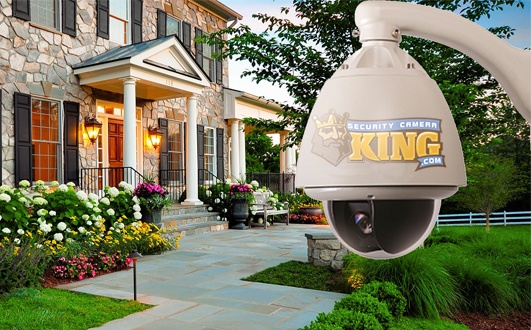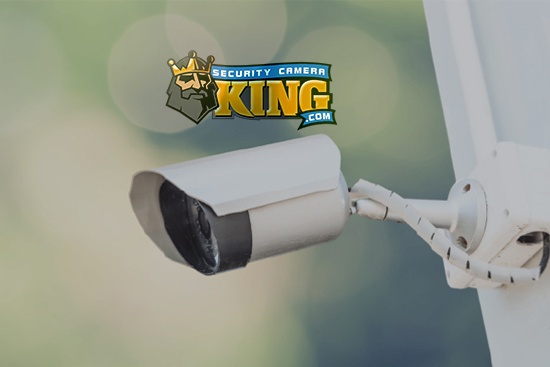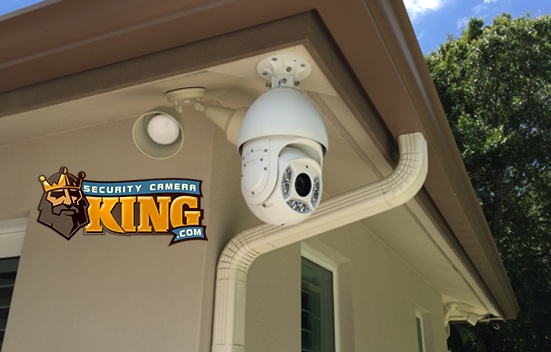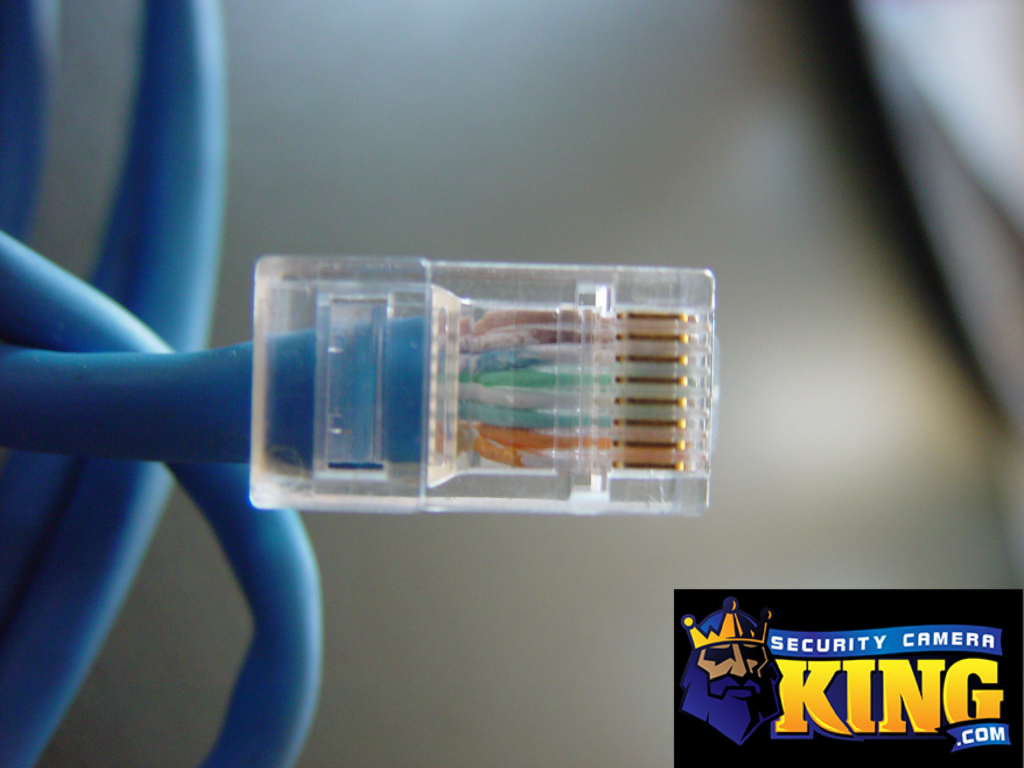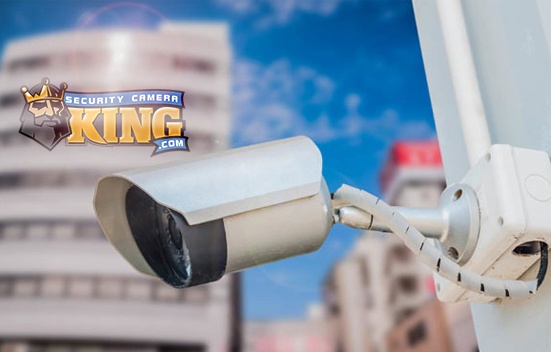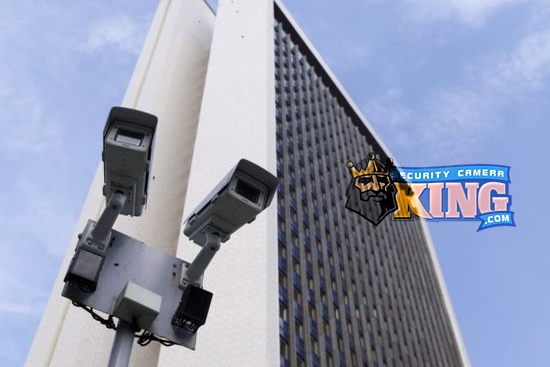CCTV Terms Continued- 5 More Terms.
Recently we did an article on some CCTV Terms, today we’re bringing you Five More common CCTV Terms to learn, or brush up on! The terms we covered lime, and the terms we’re covering this time are for the most part just about as common. For many of the below terms we will also feature links to articles, videos, or even products we carry that might be related. . Some CCTV terms are still used a lot even though they might be a bit out of date, others are totally obsolete, and some are so new they sound totally foreign. It can often be difficult to keep track of what means what, or what’s even still used. Today we’re going to run through some of the most relevant, and Common CCTV Terms. The goal is to provide insight to those who might be new, and a refresher for those who have been in and out of the CCTV field.
-MOTION DETECTION-
The first in today’s list of CCTV Terms is Motion Detection. Motion detection is an analytical process by which the cameras, the recorder, or both to some degree perform to attempt to perceive if there is movement in a recorded scene. There are many benefits to Motion detection. The first is a way to tag parts of a video stream in order to allow the user to be able to identify changes in the scene where motion occurred. For example, filming a parking lot at night at the premises of a closed business. In theory, no cars should be coming in and out of that lot at night, so for the most part, there should be little to no motion in the scene. Should a car pull into that lot at night, the motion detection can see this occur and log it. You can also tell camera systems to record based only on motion detection in order to save hard disk space.
-IVS-
Intelligent Video Surveillance, or IVS, is the second of our CCTV Terms today. IVS acts very similarly to motion detection in that its purpose is to allow the user to tag recoded data with specific events for easier searching. However, it accomplishes this using a much newer much better technology and method. With IVS you can daw digital tripwires and intrusion boxes into the scene. When anything enters these boxes it will trigger the event. This can be used to notify, log, or trigger recording just like motion. Compared to motion detection, however, there’s a much lower rate of ‘false alerts’, which is of course beneficial.
-REMOTE VIEWING-
Remote viewing is a really important and relatively modern concept and is part of today’s CCTV terms. We say it’s a modern concept because it was dependant on the advent, and modern development of the internet in order to be a viable option for more than just top-end or government-funded organizations. Nowadays, remote viewing is a regular, expected, and included feature point in most CCTV systems today. Simply put, remote viewing is the ability to see the feed from your cameras live, and/or playback footage from a separate device, such as a PC or smartphone, connected via the internet to the recorder and/or cameras.
-Ethernet-
Ethernet is the technical name for the connection type used to transmit network data over networking cables such as cat5e and cat6. When you connect an IP camera to a POE switch or a recorder, you do so by using their ethernet ports and ethernet cables. With the advent of POE, or power over ethernet, we can send both network data to and from a camera alongside its required power. Ethernet is used in networking for computers and all sorts of other hardware in the tech industry as well.
-PTZ-
PTZ is the last of today’s CCTV terms. PTZ is short for Pan, Tilt, and ZOOM. It is a moniker attached to any camera that has these capabilities. Often, even cameras that do not feature pan and tilt but only motorized zoom functions will still find these settings in their PTZ menu, as the zoom portion is still a part of this. PTZ allows cameras to achieve various zoom lenghts an dpositioning and often have other features such as auto-tracking!
Thanks for joining us today as we talked about 5 common CCTV terms! Well be posting more Terminology articles here soon, so stay tuned. Check out the additional links for more info on some of these ideas! For any questions on product compatibility, availability or any other information don’t hesitate to give our Sales Pro’s a call at 561-288-5258 . Don’t forget to subscribe to our YouTube Channel for more Tutorials and CCTV info. Until Next time, Stay Safe!
Related: What’s the difference between DVR and NVR?
Related: What’s the difference between H264 and H265?
Related: IP PTZ Security Cameras – All There is to Know
Related: Resolution, and why does it matter?
Related: What are active deterrence cameras?
Find Us On: Facebook | Twitter | YouTube


